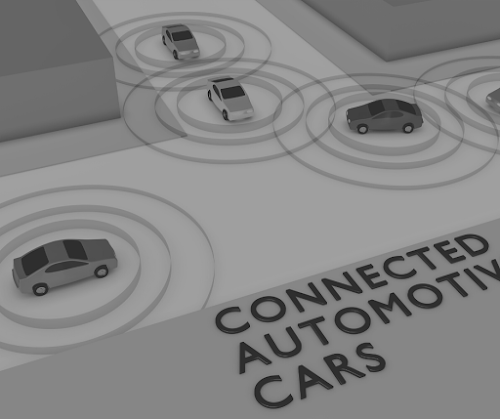Since its invention motor vehicles has been an extension of human sensory system docile to the driver's command. How a vehicle is driven shows the mood and state of mind of the driver. Autonomous Cars or Self driven cars are going to change this and be the future of mobility. It will redefine the transportation landscape.
Today many traditional and non traditional companies are investing their resources in developing Autonomous Cars. While the trendy tech companies such as Google (Alphabet), Tesla, Apple, Amazon are the names that come to mind immediately while talking of Self Driven Car, auto companies such as Renault, Toyota, Volvo Audi, BMW, GM, Ford, Mercedes-Benz, Nissan, PSA have invested in this evolving technologies as well. Some other names associated are Bosch and Continental including Chinese companies who invested in the new technology.
The question is how this is going to help and what are the advantages and challenges.
Advantages
Improving current transport system and reduction in road accidents
Most of the road accidents happens due to human fallibility in driving such as driver loss of attention, speeding, alcohol impairment, perceptual errors, decision errors and driver incapacitation.
- Approximately 1.35 million people die each year as a result of road traffic crashes
- The 2030 Agenda for Sustainable Development has set an ambitious target of halving the global number of deaths and injuries from road traffic crashes by 2020.
- Road traffic crashes cost most countries 3% of their gross domestic product.
- More than half of all road traffic deaths are among vulnerable road users: pedestrians, cyclists, and motorcyclists.
- 93% of the world's fatalities on the roads occur in low- and middle-income countries, even though these countries have approximately 60% of the world's vehicles.
- Road traffic injuries are the leading cause of death for children and young adults aged 5-29 years.
This would be possible only if the vehicles collaborate with each other sharing sensory data.
Reduction in Fuel consumption
As per one of the report autonomous vehicles are capable of 90% reduction in wasted commuting by improving vehicle utilization and reducing CO2 emission. This when used in conjunction with electric vehicle will completely eliminate emission.
Challenges
Requirement of intelligent grid Vehicle Cloud.
This will require control moving from Individual over to the Cloud. Where the data collected from the vehicle is computed real time and a feedback is provided to vehicle to react through sensors. The challenge is the scalability of the autonomous vehicle concept given the huge amount of the data collected by the autonomous vehicle sensors. Which means that with every new vehicle added the strain on the system would increase.
Requirement of computation speed
Today even with the limited amount of data generated in ICE cars system gets overwhelmed. Therefore the challenge would be to ensure that the data generated by individual vehicle sensors within a local area communicate with each other in real time and an appropriate action is taken within milliseconds. If we are comparing this with the human brain functionality and the response time indeed it has to be amazingly super fast.
Cloud Resource
A vehicular cloud is created for collaboration amongst the cloud members to produce advance vehicular services that individual alone cannot make. Unlike the internet cloud that is created and maintained by a cloud provider, vehicular cloud is temporarily created by interconnecting resources available in the vehicles and Road Side Units.
Not withstanding the challenges the technology is worth pursuing.


Comments